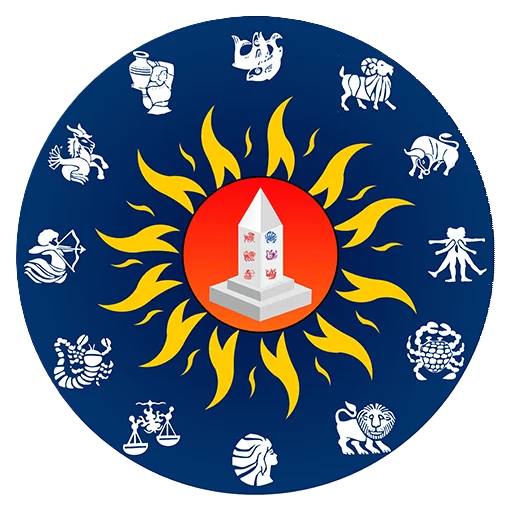Vedic Astrology
How Does Ancient Wisdom Guide You in Modern Life?
Vedic astrology, an ancient science from India, offers timeless wisdom that helps you understand your life path, relationships, career, and spiritual growth. At Rashidham, we bring this sacred knowledge to you through modern technology, making it accessible and practical for your daily life.
How Can Vedic Astrology Bring Clarity and Direction?
Vedic astrology provides deep insights into your personality, strengths, challenges, and life purpose. By understanding your birth chart (Kundli), you can make better decisions, improve relationships, and align with your true potential.
How Does Vedic Astrology Improve Your Daily Life?
Vedic astrology helps you choose the best times for important activities, understand your natural rhythms, and make decisions that align with cosmic energies. This leads to better outcomes in work, health, and personal growth.
How Can Astrology Strengthen Relationships?
By analyzing compatibility between birth charts, Vedic astrology reveals how well you connect with partners, family, and friends. This understanding helps improve communication, resolve conflicts, and build stronger, more harmonious relationships.
How Does Astrology Help with Career and Finance?
Your birth chart shows your natural talents, ideal career paths, and financial potential. Vedic astrology guides you to make career choices that match your strengths and identifies favorable periods for investments and business decisions.
How Does Vedic Astrology Support Spiritual Growth?
Vedic astrology reveals your spiritual path, karmic lessons, and life purpose. It helps you understand your soul's journey, connect with your higher self, and find meaning in life's challenges and opportunities.
How Does Astrology Improve Your Decision-Making?
By understanding planetary influences and favorable times (Muhurta), Vedic astrology helps you make decisions at the right moments. This leads to better outcomes in marriage, business, travel, and other important life events.
What Vedic Astrology Services Do We Offer at Rashidham?
What Happens in a Vedic Astrology Consultation?
In a Vedic astrology consultation, our expert astrologer analyzes your birth chart (Kundli) to provide insights about your personality, life events, relationships, career, health, and spiritual path. You can ask specific questions and receive personalized guidance based on planetary positions and their influences.
How Does an Online Astrology Consultation Work?
You can book a consultation online through video call, voice call, or chat. Simply choose your preferred astrologer, select a time slot, and share your birth details. During the session, the astrologer will analyze your chart and answer your questions in real-time.
What Does an Online Vedic Astrologer Do?
Our online Vedic astrologers create and analyze your birth chart, interpret planetary positions, predict future trends, suggest remedies for challenges, and provide guidance on important life decisions like marriage, career, health, and finances.
What Is Included in a Vedic Astrology Chart & Reading?
A complete Vedic astrology chart and reading includes your birth chart (Kundli), planetary positions, house analysis, Dasha periods, compatibility analysis, dosha analysis (Manglik, Kaal Sarp, etc.), gemstone recommendations, and personalized predictions for various life areas.
Conclusion – How Can Vedic Astrology Help You Live Better?
Vedic astrology is a powerful tool for self-discovery, decision-making, and personal growth. At Rashidham, we make this ancient wisdom accessible through modern technology, helping you understand your life path, improve relationships, advance your career, and find spiritual fulfillment. Whether you choose a consultation with our expert astrologers or use our AI-powered chatbot, you'll receive clear, practical guidance tailored to your unique birth chart. Start your journey today and discover how Vedic astrology can transform your life.
FAQs
It is an ancient Indian system that studies planetary positions to explain life events, personality, and timing.
Yes. With accurate birth details, Vedic Astrology provides deep insights and dependable guidance.
Most sessions last between 20 and 45 minutes.
Yes, it gives the best results. We also offer birth time correction if needed.
Yes. You can ask about career, marriage, finance, education, and personal matters.
Yes. Every consultation is confidential and secure.
